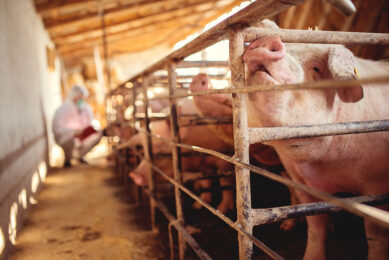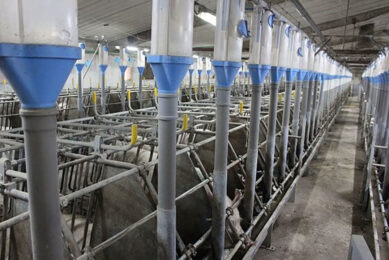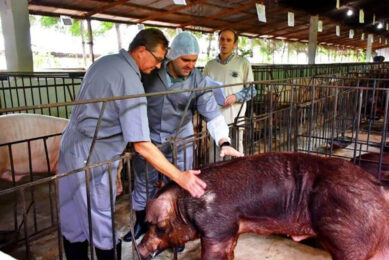EU adds €13.2 mln to boost agriculture in developing countries
The EU adds €13.2 mln to its funding of FAO’s efforts to boost agricultural production in developing countries worst hit by high food prices. This brings EU “Food Facility” funds through FAO to €228 mln.
“It is unacceptable that 1 out of 6 persons on this planet is undernourished,” said José Maria Sumpsi, FAO’s Assistant DG of the Technical Cooperation Department ahead of G-8 and G-20 meetings later this month, where development aid to agriculture will be discussed, stressing the urgent need to invest more in small farmers in poor countries.
©
At the same time, Sumpsi expressed his gratitude to the EU for €13.2 mln in additional funding for support to farmers who suffered the most from the 2007-2008 food price crisis. He noted that in developing countries, despite a decline from their peaks, food prices remained stubbornly high, negatively affecting vulnerable populations’ access to food.
In 2009, the EU joined FAO in its efforts to turn the tide of growing hunger with massive support for global food security through its ‘Food Facility’.
©
In Bangladesh, €7.5 mln will be used to improve the food security of over 80,000 farmers, livestock holders and fishermen. They will receive training as well as production inputs, such as agricultural machinery, seeds and fertilizer, irrigation equipment and support, small and large ruminants, poultry, animal feed, and fishing equipment.
©
A total of €3 mln will double the size of FAO’s EU-funded efforts in Niger, hit hard by the drought that ravaged harvests in the Sahel region. First priority is to reduce malnutrition of 72,000 farmer families, or some 500,000 people, by increasing their agricultural production.
©
In addition, €2.7 mln will go to FAO’s Global Rinderpest Eradication Programme as an extension of the EU’s longstanding help to kill off one of the most devastating animal diseases known to man, rinderpest, responsible for famines over the course of hundreds of years in Asia, Africa and Europe. FAO is confident that field operations can come to a close by October 2010 and that the disease can be officially declared eradicated in mid 2011.
©
Source: Food Ingredients First











